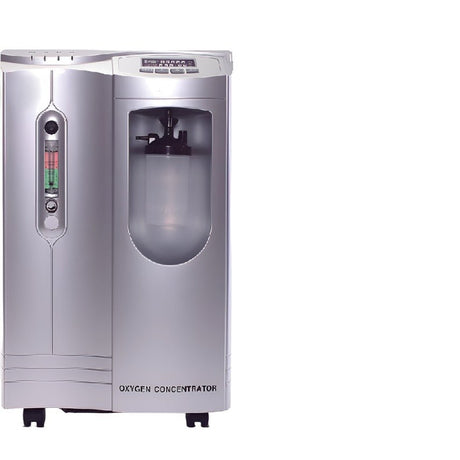Oxygen concentrators are essential medical devices that deliver concentrated oxygen to individuals with respiratory conditions or those in need of supplemental oxygen. These devices work by extracting and purifying oxygen from the surrounding air, providing a reliable source of oxygen for patients.
Oxygen concentrators offer several advantages over traditional oxygen cylinders or tanks. They are compact, portable, and easy to use, allowing patients to maintain their mobility and independence while receiving oxygen therapy. These devices are commonly used in home healthcare settings, but they can also be found in hospitals, clinics, and long-term care facilities.
One key feature of oxygen concentrators is their ability to continuously generate oxygen. They rely on a process called pressure swing adsorption or membrane separation to filter out nitrogen and other gases from the air, leaving behind high-purity oxygen. The oxygen is then delivered to the patient via nasal cannula or mask.
Oxygen concentrators typically have adjustable flow rates, allowing healthcare providers to tailor the oxygen delivery to meet individual patient needs. The concentration of oxygen delivered by these devices is typically between 90% and 95%, which is considered sufficient for most medical applications.
Regular maintenance and cleaning are essential to ensure the proper functioning of oxygen concentrators. Filters need to be replaced periodically, and the device should be kept in a clean environment to prevent the buildup of dust or other contaminants.
It's important to note that oxygen concentrators should only be used under the guidance of a healthcare professional. The prescribed oxygen flow rate and duration of use will depend on the patient's specific medical condition and oxygen requirements.
Overall, oxygen concentrators are reliable, efficient, and convenient devices that provide a steady supply of oxygen for individuals with respiratory conditions. They play a crucial role in improving the quality of life for patients who require supplemental oxygen therapy.



